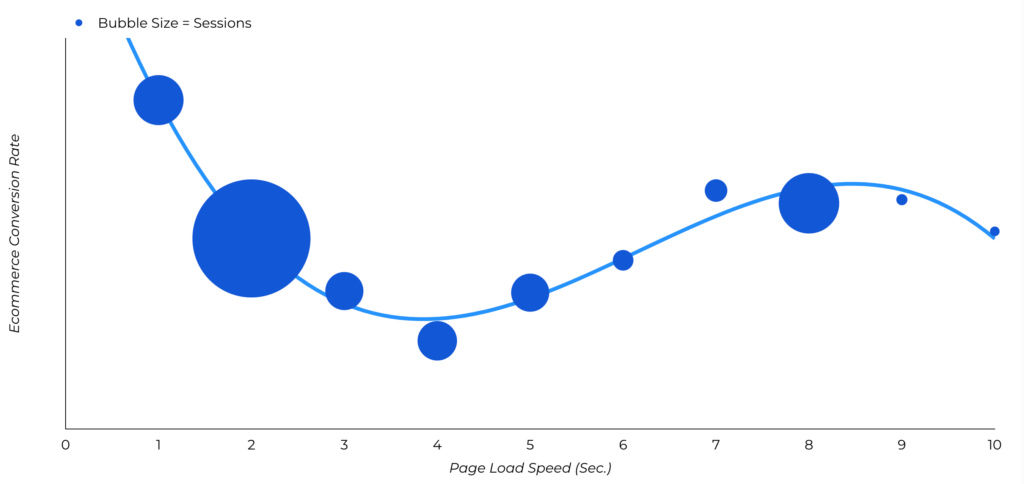In today’s fast-paced world, consumers expect websites to load quickly and efficiently. This is especially true for e-commerce websites, where every second counts in capturing a potential customer’s attention and making a sale. In fact, research has shown that even a one-second delay in page load time can result in a 7% decrease in conversions. To stay competitive in the online marketplace, e-commerce businesses must prioritize optimizing their websites for fast load times. Here are some strategies to help improve your e-commerce website’s speed and performance.
1. Minimize Image Sizes
Images are a crucial component of any e-commerce website, as they help showcase products and attract customers. However, large image files can significantly slow down page load times. To optimize your website’s performance, make sure to compress images and use the appropriate file formats, such as JPEG or PNG. Additionally, consider implementing lazy loading techniques to only load images when they are in the viewport, reducing initial load times.
2. Enable Browser Caching
Browser caching allows your website’s assets, such as images, CSS, and JavaScript files, to be stored locally on a user’s device. This helps reduce server load and speeds up page load times for returning visitors. Make sure to set appropriate cache expiration times to ensure that users receive the most up-to-date content while still benefiting from faster load times.
3. Minimize HTTP Requests
Every element on a webpage, including images, scripts, and stylesheets, requires an HTTP request to load. To improve load times, minimize the number of HTTP requests by combining CSS and JavaScript files, using CSS sprites for images, and reducing unnecessary elements on the page. Additionally, consider using a content delivery network (CDN) to distribute your website’s assets across multiple servers and reduce latency.
4. Optimize JavaScript and CSS
Large and unoptimized JavaScript and CSS files can significantly impact page load times. Minimize and concatenate these files to reduce the number of requests and improve load times. Additionally, consider removing any unused or unnecessary code to streamline your website’s performance. Be mindful of how and when you load JavaScript files, as blocking scripts can delay page rendering and frustrate users.
5. Use a Responsive Design
With the increasing use of mobile devices for online shopping, it’s essential to ensure that your e-commerce website is fully responsive and mobile-friendly. Responsive design adapts your website’s layout and content based on the user’s device, providing a seamless browsing experience across all screen sizes. By using a responsive design, you can improve load times and reduce bounce rates for mobile users.
6. Monitor and Test Load Times
Regularly monitoring and testing your e-commerce website’s load times is crucial for identifying performance bottlenecks and optimizing for speed. Use tools like Google PageSpeed Insights, GTmetrix, or Pingdom to analyze your website’s performance and receive suggestions for improvement. Test your website on different devices and browsers to ensure a consistent and fast user experience for all visitors.
In conclusion, optimizing your e-commerce website for fast load times is essential for attracting and retaining customers in a competitive online marketplace. By implementing strategies such as minimizing image sizes, enabling browser caching, minimizing HTTP requests, optimizing JavaScript and CSS, using a responsive design, and monitoring load times, you can improve your website’s speed and performance. Remember, every second counts in the world of e-commerce, so prioritize speed and provide users with a seamless browsing experience.
